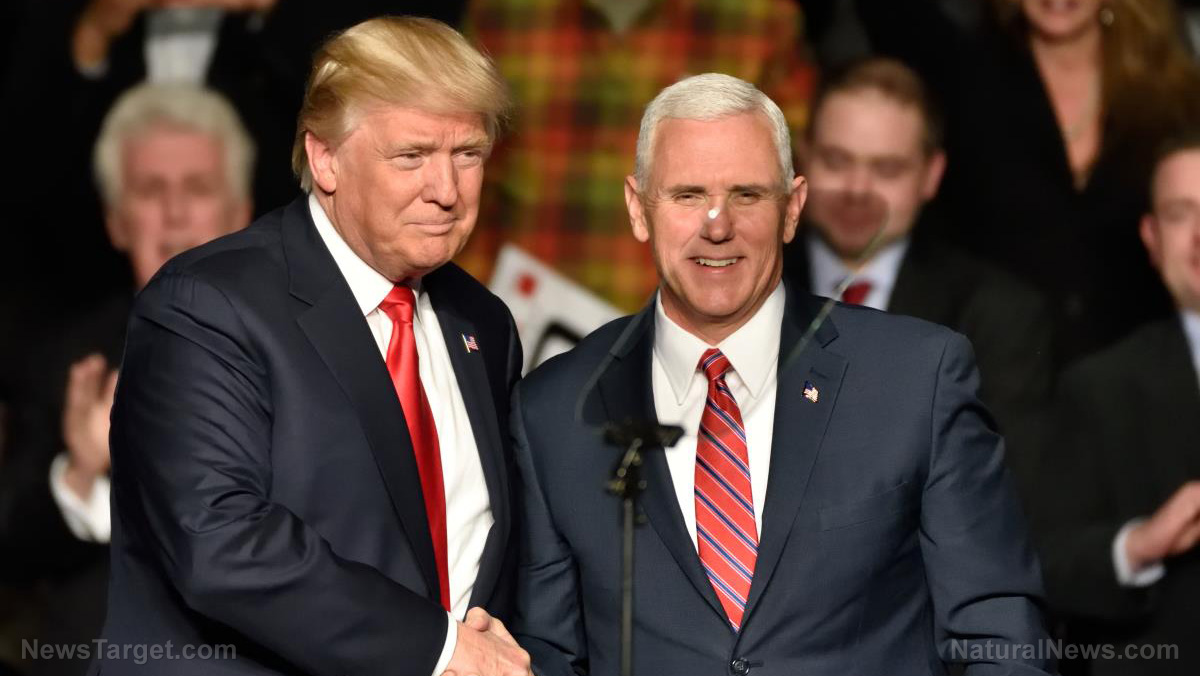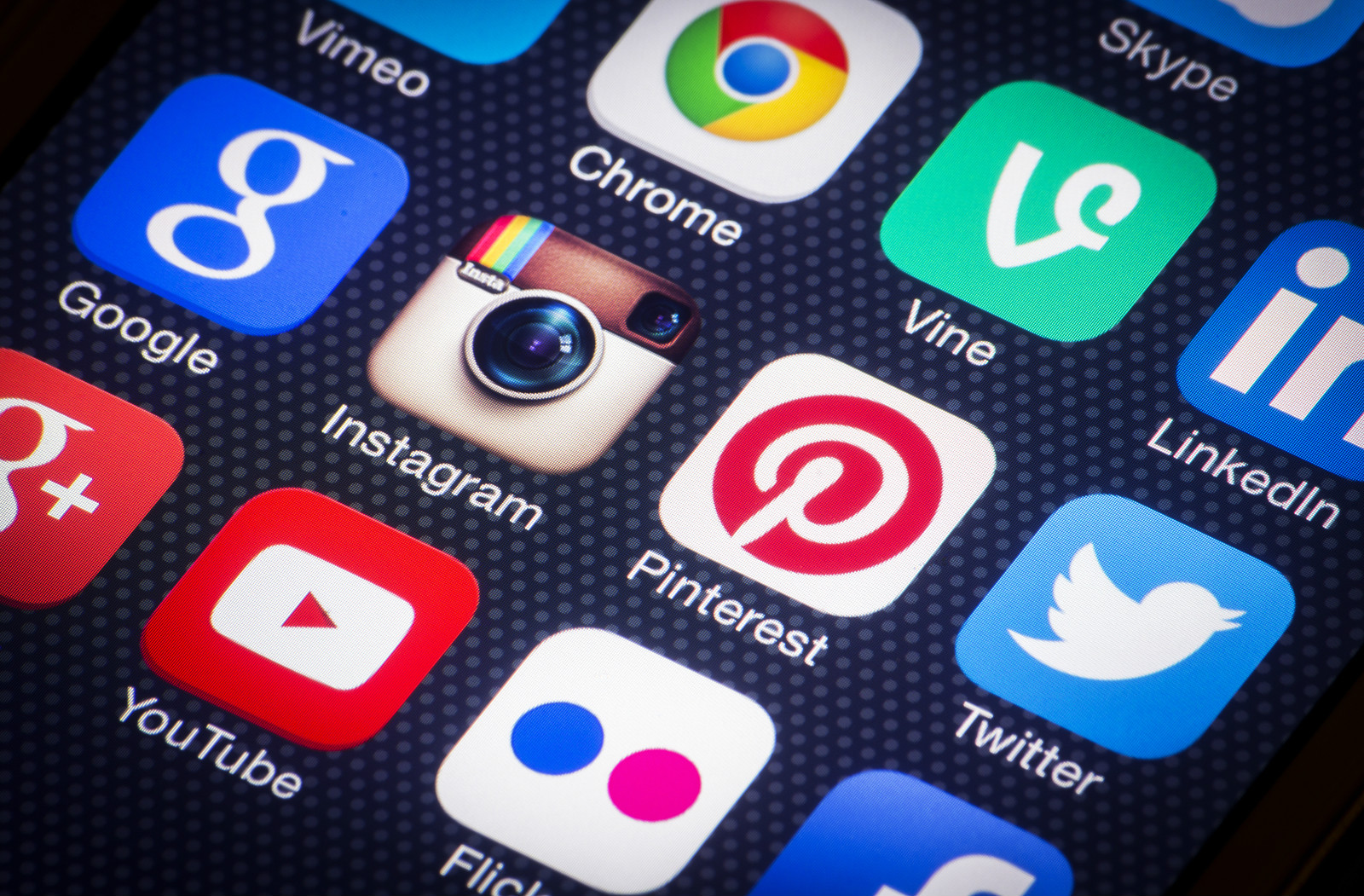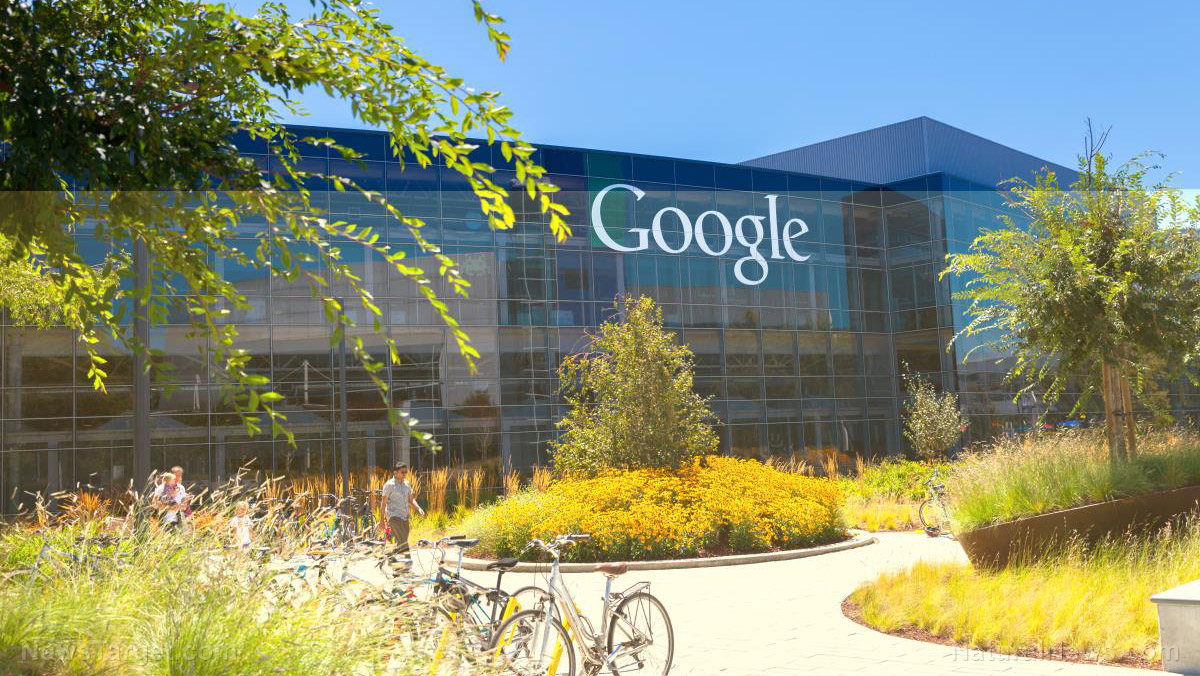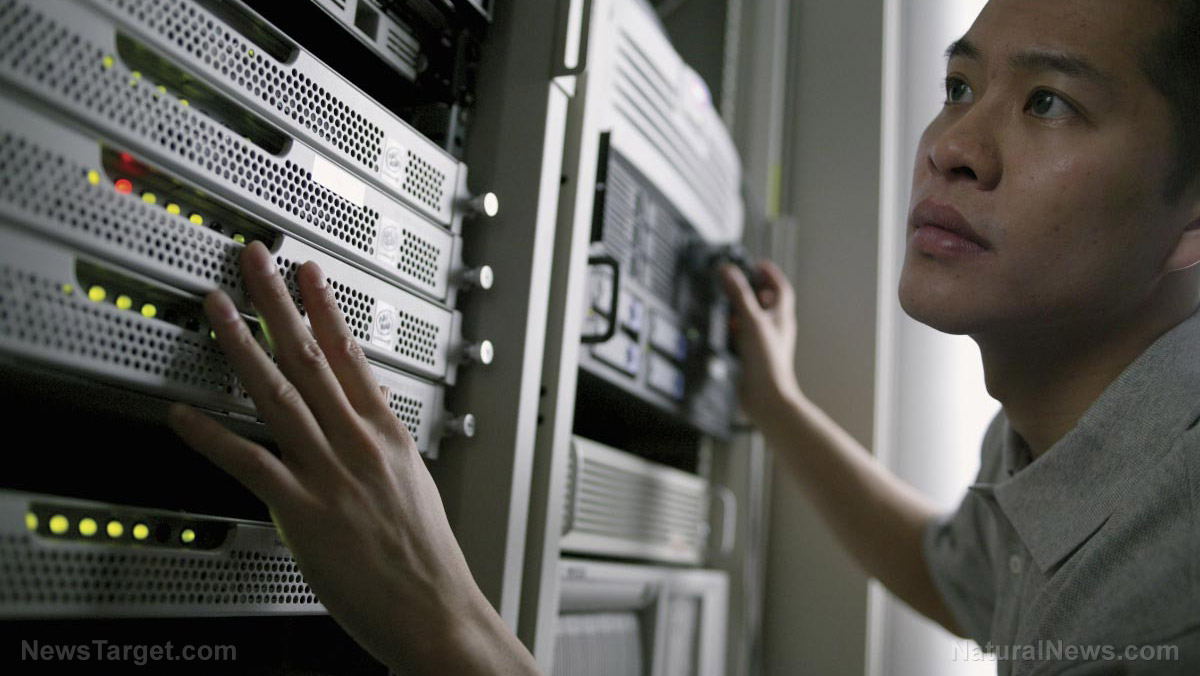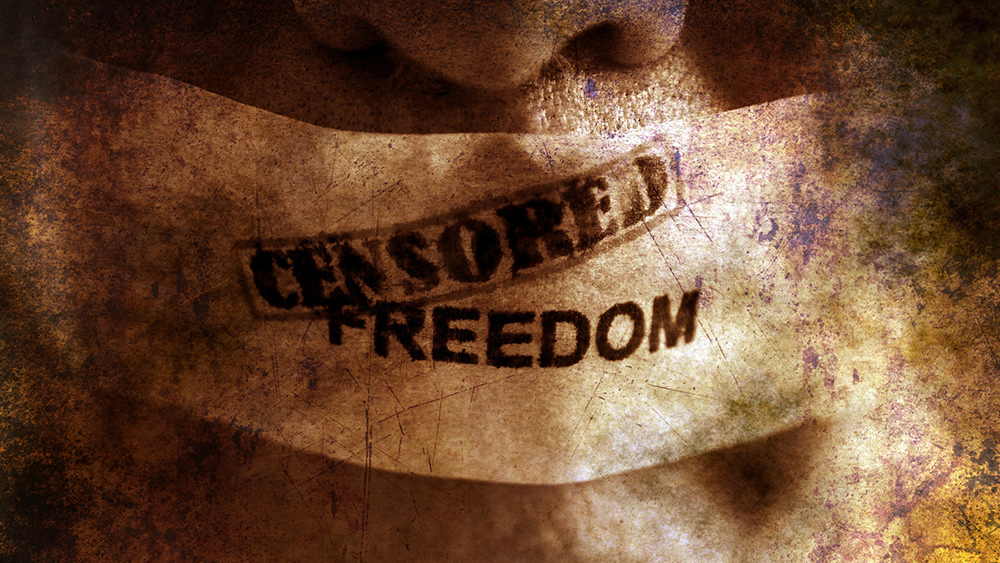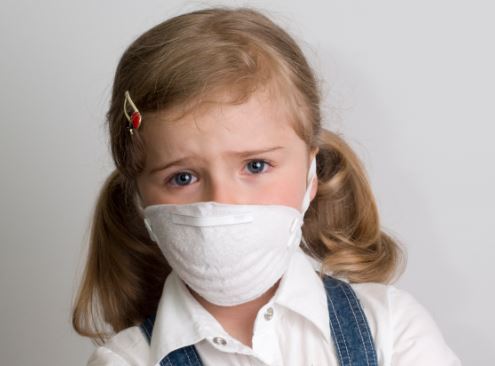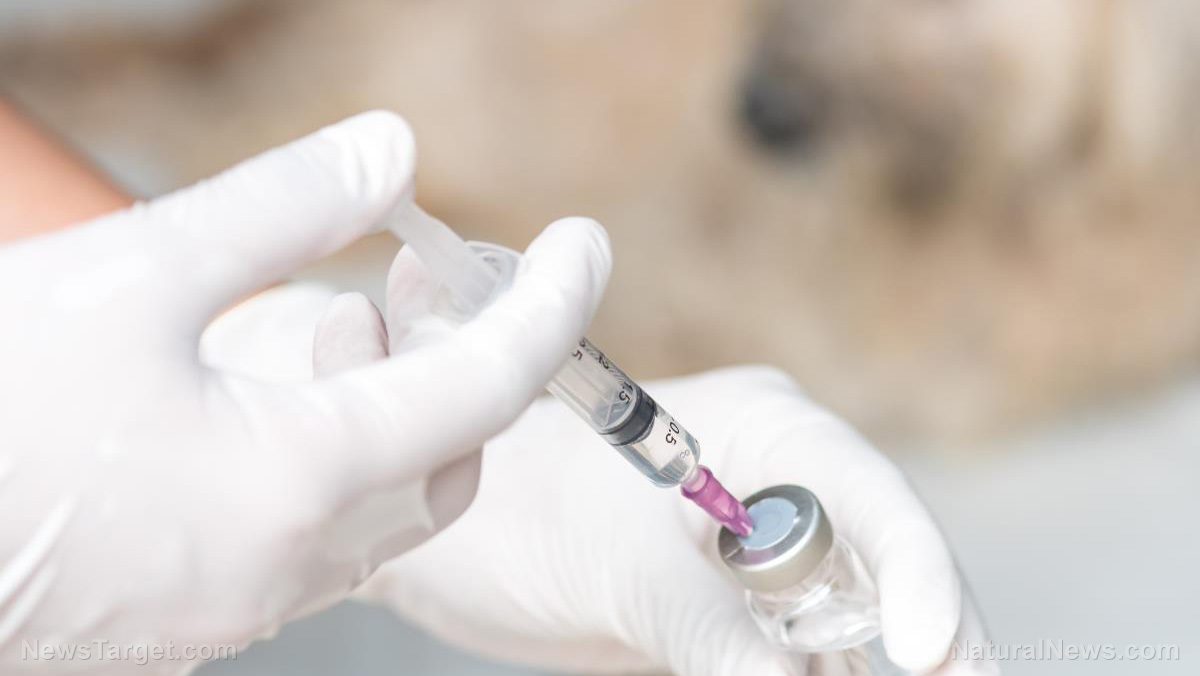Even weather forecasters are worried about 5G: They are concerned it will DELAY public service alerts
02/12/2020 / By Lance D Johnson

The FCC wants to allow the telecom industry to share the same 1675-1680MHz band that existing weather satellites use in order to advance 5G. This will inevitably cause disruptions and delay weather alerts. In order for 5G to work, new towers and transmitters will need to be installed every 500 feet. Over a million new towers will need to be erected to get the kind of connectivity that 5G promises to deliver. This influx of transmitters, operating on the same radio network bands as weather satellites, could disrupt communication between weather satellites. Weather forecasters are now sounding the alarm over 5G.
U.S. meteorologists warn FCC that 5G will disrupt weather forecasts
U.S. meteorologists wrote a letter to the Federal Communications Commission (FCC) and warned that 5G technologies have the potential to disrupt weather satellite communication. According to the American Meteorological Society, the National Weather Association and the American Geophysical Union, the potential disruptions of 5G are “deeply concerning” because they could delay public service alerts.
The letter is a stern response to the FCC’s proposal for weather satellites to share a radio spectrum band with mobile companies. The meteorologists argue that sharing the connection could put weather alerts at risk and cause delays in getting life-saving data to the public.
The letter warns that inevitable interference would “postpone dissemination of vital information to the public to aid and protect life, property, businesses, and government operations. According to John Porter, an executive at AccuWeather, “The loss of seconds can mean the difference between safety and grave risk to life and property.” (Related: False promises? Experts say the marketing hype around 5G is misleading.)
NASA warns FCC that 5G will disrupt measurements of atmospheric water vapor
This isn’t the first warning to the FCC and the telecom industry. Another serious letter, penned by Senators Ron Wyden and Maria Cantwell, asks the FCC not to issue licenses for 5G “until the FCC approves the passive band protection limits that the National Aeronautics and Space Administration (NASA) and the National Oceanic and Atmospheric Administration (NOAA) determine are necessary to protect critical satellite?based measurements of atmospheric water vapor needed to forecast the weather.” The two Senators warn that the unchecked sale of wireless airwaves and the ongoing push to make 5G work will inevitably “damage the effectiveness of US weather satellites and harm forecasts and predictions” that people rely on to protect their property and their family.
The telecom industry is in a rush to implement 5G. In order to do so, millions of “small cell” transmitters will need to be mounted throughout cities and communities. Municipal buildings, electric utility poles, schools, city parks and even street signs will be used to hold small cell transmitters that will set up a grid of microwave radiation that will pulse through homes and communities and effect human brains in negative ways. (Read more: Technological terror: 10 Reasons why 5G could cause a global catastrophe.)
NASA, NOAA and the American Meteorological Society agree that future commercial broadband transmissions in the 24GHz range will disrupt forecasters’ ability to collect water vapor data. As the 5G networks expand, their radio wave interference will grow. The closer these transmitters get to meteorological sites, the more disruptions will occur.
Regardless of all the warnings surrounding 5G, the telecom industry and their representatives call these serious concerns “scare tactics.”
“We cannot allow these scare tactics to prevent us from reaping the huge societal and economic benefits of 5G networks,” said Brett Tarnutzer, the head of GSMA, the organization that represents mobile network operators. “We urge everyone to simply look at the facts and not get drawn in by misleading rhetoric.”
The problem for the telecom industry is just that – the facts on 5G are coming out and they don’t look so appealing, especially when it comes to human health risks.
Sources include:
Tagged Under: 5g, Glitch, interference, meteorology, microwave radiation, NASA, NOAA, radio spectrum band, small cell transmitters, weather forecasts, weather satellites
RECENT NEWS & ARTICLES
COPYRIGHT © 2017 BigTech.news
All content posted on this site is protected under Free Speech. BigTech.news is not responsible for content written by contributing authors. The information on this site is provided for educational and entertainment purposes only. It is not intended as a substitute for professional advice of any kind. BigTech.news assumes no responsibility for the use or misuse of this material. All trademarks, registered trademarks and service marks mentioned on this site are the property of their respective owners.

